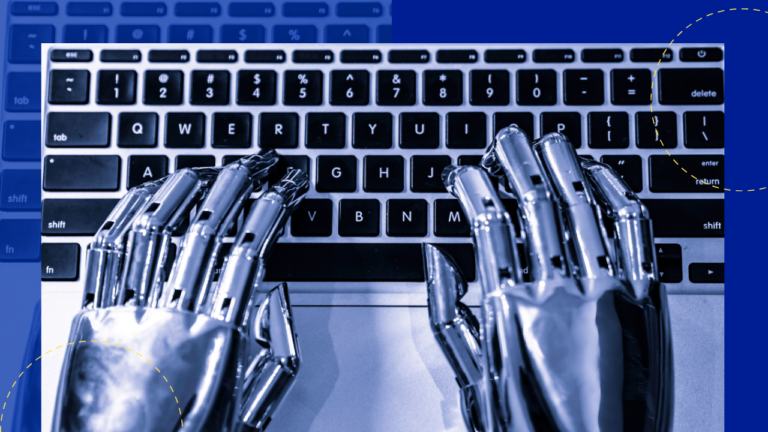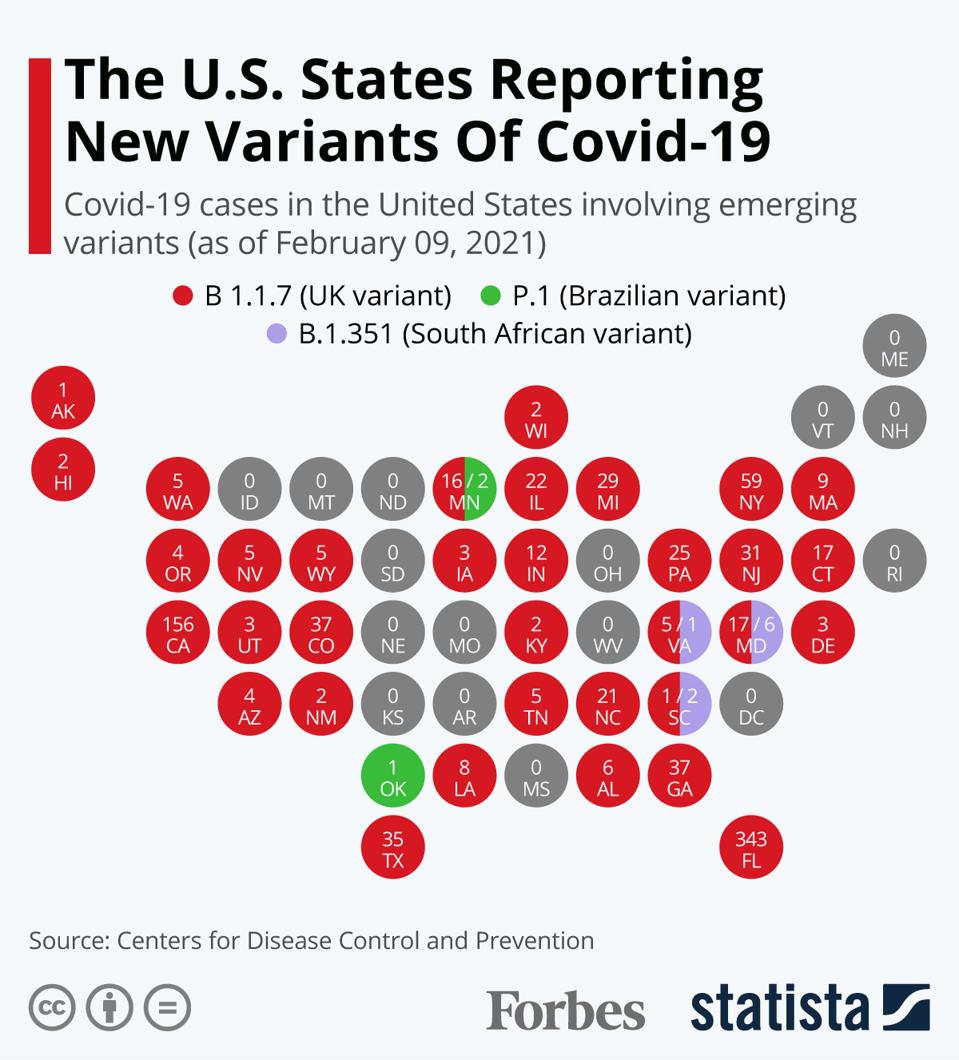AI And The Illusion Of Learning: A Call For Responsible AI Use

Table of Contents
The Limitations of Current AI Learning Mechanisms
Current AI systems, however sophisticated, fundamentally differ from human intelligence. Understanding this difference is crucial to fostering responsible AI use.
Statistical Correlation vs. True Understanding
AI excels at identifying patterns within vast datasets – a feat of statistical correlation. However, this is vastly different from genuine understanding, which involves grasping underlying concepts and causal relationships.
- AI excels at pattern recognition but lacks contextual awareness and common sense reasoning. An AI might correctly identify a cat in millions of images, but it doesn't inherently "understand" what a cat is in the way a human does.
- Examples of AI failures due to a lack of true understanding abound. Biased outputs stemming from biased training data are a common problem, as are misinterpretations of nuanced contexts. Consider an AI tasked with analyzing medical images; a minor error in interpretation could have serious consequences.
- Supervised learning, unsupervised learning, and reinforcement learning all have limitations in achieving true understanding. They can achieve impressive results in specific tasks, but they struggle with generalizability and adaptability to novel situations.
The "Black Box" Problem and Explainability
Many AI algorithms, especially deep learning models, operate as "black boxes." Their internal workings are opaque, making it difficult to understand how they arrive at their decisions.
- This lack of transparency has significant implications for accountability and trust. If an AI makes a critical error, it can be nearly impossible to determine the cause, hindering efforts to correct the problem.
- Explainable AI (XAI) is crucial to addressing the black box problem. XAI aims to make AI decision-making processes more transparent and understandable, enhancing trust and accountability.
- While still under development, several AI systems are beginning to incorporate elements of explainability. These systems aim to provide insights into their reasoning processes, allowing users to better understand and evaluate their outputs.
The Dangers of Anthropomorphizing AI
The tendency to attribute human-like qualities – emotions, consciousness, sentience – to AI systems is a significant problem. This anthropomorphism leads to unrealistic expectations and potential harm.
The Misconception of Sentience
Popular culture often portrays AI as sentient beings, capable of feeling and experiencing the world like humans. This portrayal fosters unrealistic expectations.
- Numerous movies and books depict AI with human-like emotions and consciousness, fueling the misconception of sentience.
- This anthropomorphism can lead to misplaced trust and overreliance on AI systems. We might assume an AI understands our needs and intentions better than it actually does.
- Interacting with AI as if it possessed consciousness raises profound ethical questions about responsibility, accountability, and the potential for emotional manipulation.
The Societal Impact of Misunderstood AI
The illusion of learning has far-reaching societal implications.
- Job displacement concerns are amplified by the misconception that AI can fully replace human workers. While AI can automate certain tasks, many roles require human judgment, creativity, and adaptability.
- Biased decision-making in critical areas like healthcare and the justice system is exacerbated by the limitations of current AI. Unfair or discriminatory outcomes can result from biased training data or algorithmic flaws.
- The erosion of human skills is a growing concern. Over-reliance on AI might lead to a decline in critical thinking, problem-solving, and other essential human capabilities. Public education about AI's capabilities and limitations is essential to mitigate this risk.
Promoting Responsible AI Development and Deployment
Addressing AI and the illusion of learning requires a concerted effort to promote responsible AI development and deployment.
Ethical Guidelines and Regulations
Robust ethical frameworks and regulations are essential to govern the development and use of AI.
- Existing ethical guidelines for AI, such as those from the OECD and IEEE, provide a starting point, but they need strengthening and broader adoption.
- Creating and enforcing effective AI regulations presents significant challenges, requiring international collaboration and ongoing adaptation as AI technology evolves.
- Interdisciplinary collaboration between computer scientists, ethicists, policymakers, and other stakeholders is crucial for establishing responsible AI practices.
Focus on Human-Centered AI
AI systems should be designed to augment human capabilities, not replace them.
- Human-in-the-loop systems, where humans retain ultimate control and oversight, are a key aspect of responsible AI.
- User-centered design in AI development ensures that AI systems are intuitive, accessible, and aligned with human needs and values.
- Many promising AI applications prioritize human well-being, such as AI-powered diagnostic tools that assist medical professionals or AI systems that enhance accessibility for people with disabilities.
Conclusion
The illusion of AI learning poses a significant threat. Understanding the limitations of current AI systems, recognizing the dangers of anthropomorphism, and prioritizing responsible AI development and deployment are crucial steps to mitigating potential harm. We must move beyond the hype and engage critically with AI technologies. Support organizations promoting responsible AI, advocate for better regulations, and foster a more nuanced understanding of AI and the illusion of learning. Only through collective action can we harness the power of AI while avoiding its potential pitfalls and ensuring a future where AI benefits all of humanity.

Featured Posts
-
 Insacog Reports New Covid 19 Variants Ba 1 And Lf 7 In India Potential Risks
May 31, 2025
Insacog Reports New Covid 19 Variants Ba 1 And Lf 7 In India Potential Risks
May 31, 2025 -
 Skywarn Spring Class A Guide By Meteorologist Tom Atkins
May 31, 2025
Skywarn Spring Class A Guide By Meteorologist Tom Atkins
May 31, 2025 -
 Foreign Student Ban Harvard Granted Extended Reprieve By Judge
May 31, 2025
Foreign Student Ban Harvard Granted Extended Reprieve By Judge
May 31, 2025 -
 Escape Routes In Northern Arkansas Utilizing The Natural Landscape
May 31, 2025
Escape Routes In Northern Arkansas Utilizing The Natural Landscape
May 31, 2025 -
 Cleveland And Akron Special Weather Statement High Fire Danger
May 31, 2025
Cleveland And Akron Special Weather Statement High Fire Danger
May 31, 2025
